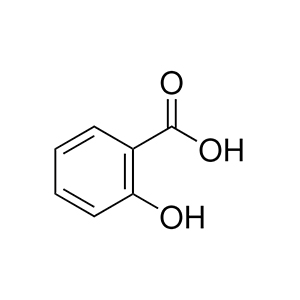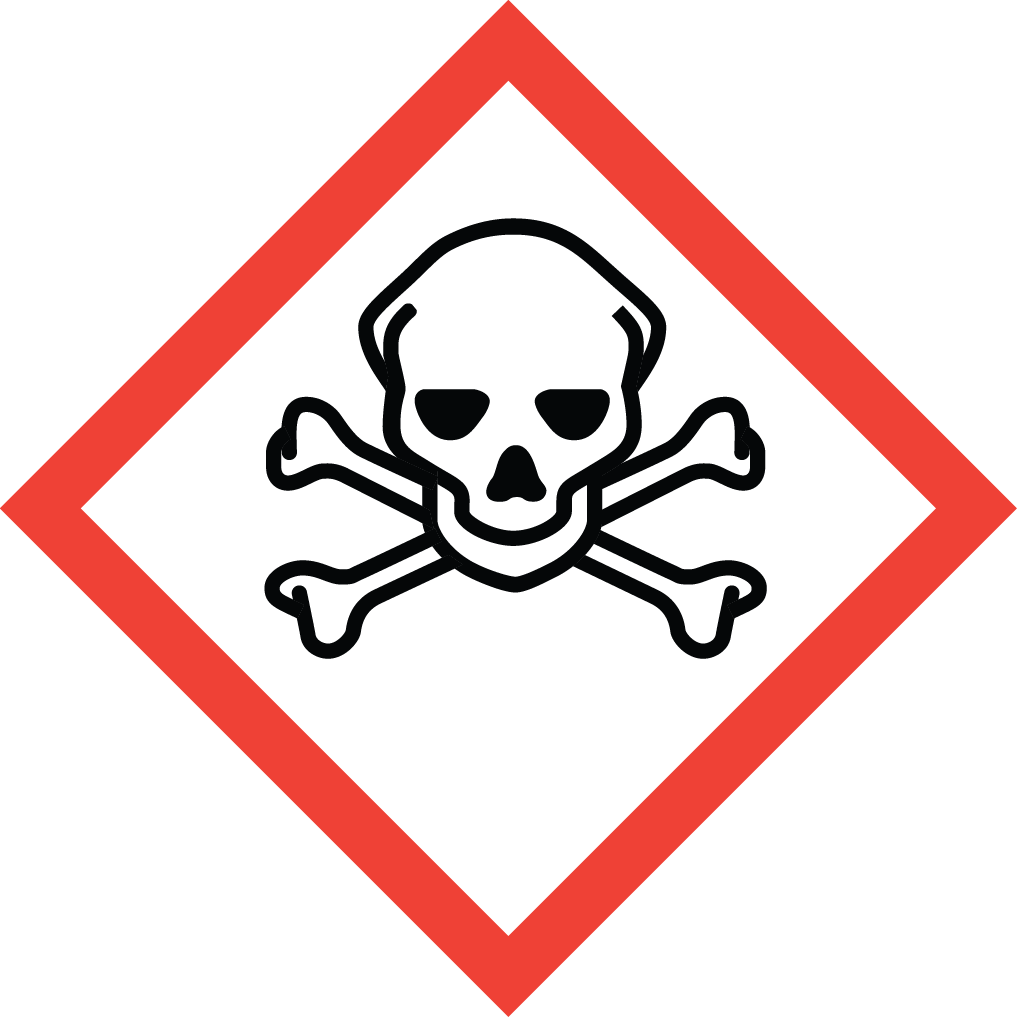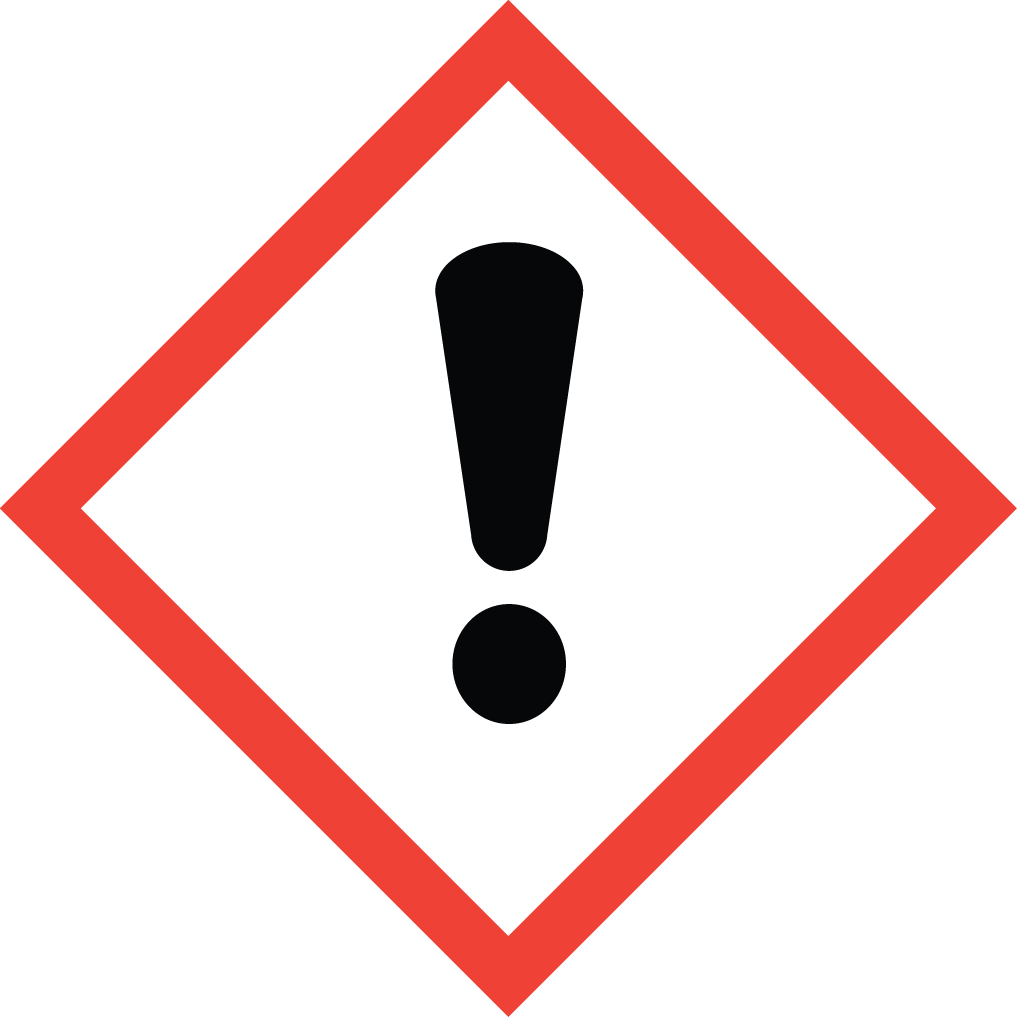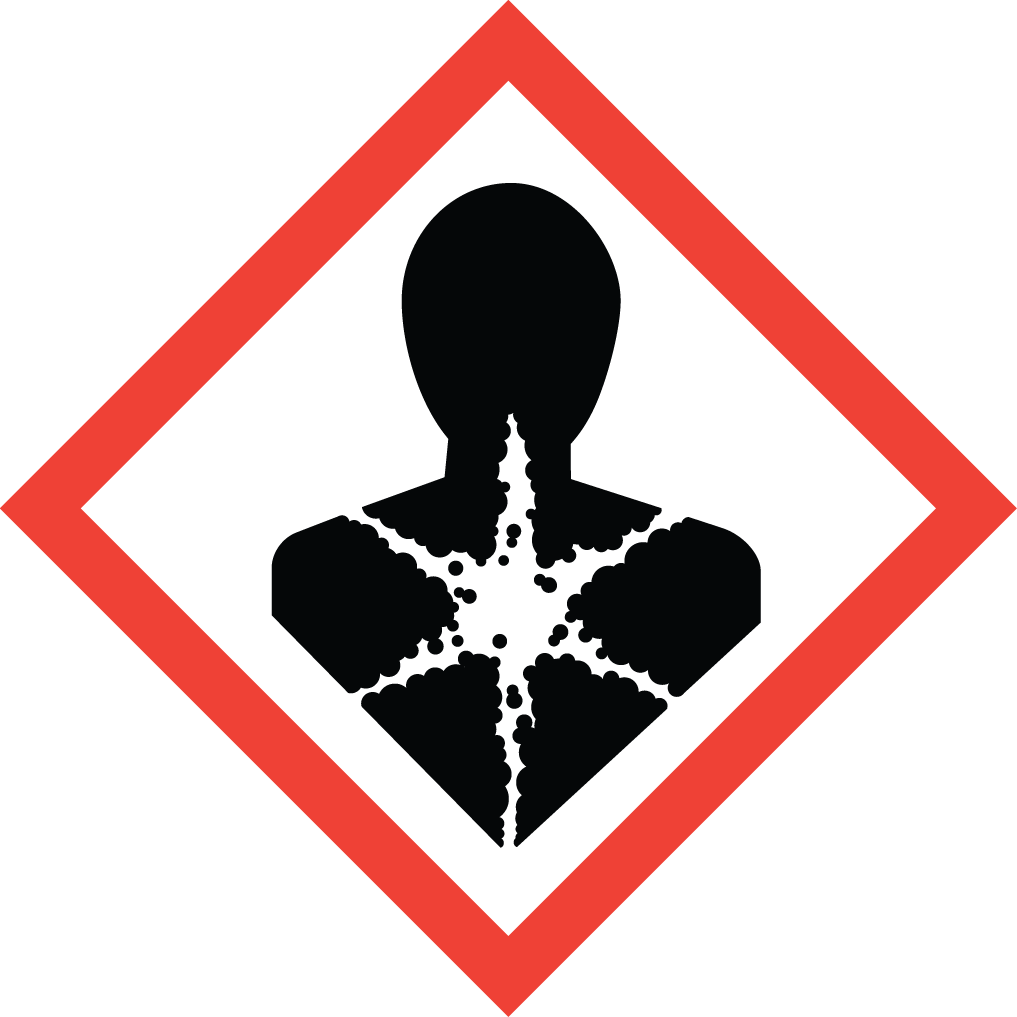High-Purity Salicylic Acid (CAS 69-72-7) from Aure Chemical – Your Trusted Source
Aure Chemical is a leading global supplier of Salicylic Acid, systematically known as 2-Hydroxybenzoic Acid. This remarkable organic compound, celebrated for its unique properties as both a phenolic and a carboxylic acid, is an indispensable ingredient across the pharmaceutical, cosmetic, and chemical industries. Our high-purity Salicylic Acid serves as a foundational component for innovative healthcare solutions, personal care products, and various specialty chemicals worldwide.
Basic Information of Salicylic Acid
Salicylic Acid (CAS No. 69-72-7) is meticulously manufactured to meet stringent quality standards, ensuring exceptional purity and consistent performance for your specific applications:
| CAS No.: | 69-72-7 |
|---|
| EC No.: | 200-712-3 |
|---|
| Linear Formula: | C₆H₄(OH)COOH |
|---|
| Molecular Weight: | 138.12 |
|---|
| Appearance: | Transparent Liquid |
|---|
| Odor: | Odorless or faint characteristic odor. |
|---|
| Melting Point: | 158-161 °C(lit.) |
|---|
| Boiling point: | 211 °C(lit.) |
|---|
| Density: | 1.44 |
|---|
| Solubility: | Sparingly soluble in water; readily soluble in ethanol, ether, and chloroform. |
|---|
| Flash Point: | 157 °C |
|---|
| Nature: | Mildly acidic (due to carboxyl group), possesses exfoliating and anti-inflammatory properties, acts as a precursor in |
|---|
| RIDADR: | UN 1648 6.1 / PGIII |
|---|
| Chemical Structure: |  |
|---|
Our commitment to delivering high-purity Salicylic Acid guarantees a reliable product essential for your diverse manufacturing processes.
Primary Applications of Salicylic Acid (2-Hydroxybenzoic Acid)
Salicylic Acid's unique chemical structure, combining both a hydroxyl group and a carboxylic acid group on a benzene ring, underpins its wide-ranging utility:
Dermatological & Cosmetic Uses:
Salicylic Acid is a highly valued ingredient in dermatology and cosmetics. As a beta-hydroxy acid (BHA), it's lipophilic, allowing it to penetrate oil glands and exfoliate inside the pores. This makes it highly effective in treating:
Acne and Blemishes: Common in cleansers, toners, and spot treatments for its ability to unclog pores and reduce inflammation.
Psoriasis and Seborrheic Dermatitis: Helps to soften and shed scales.
Warts and Calluses: Acts as a keratolytic agent, dissolving the intercellular cement that holds skin cells together.
Pharmaceutical Active Pharmaceutical Ingredient (API):
Beyond its topical uses, Salicylic Acid is a direct pharmaceutical agent itself. It possesses analgesic (pain-relieving), anti-inflammatory, and antipyretic (fever-reducing) properties. It's used in various formulations for relief of minor aches and pains.
Precursor for Aspirin Synthesis:
One of its most historically significant and large-scale uses is as the primary raw material for the synthesis of Acetylsalicylic Acid (Aspirin), a globally recognized analgesic, anti-inflammatory, and antiplatelet drug.
Chemical Intermediate:
Salicylic Acid serves as a versatile intermediate in the synthesis of a variety of specialty chemicals, including:
Methyl Salicylate: Used as a flavoring agent (wintergreen oil) and a topical analgesic.
Phenyl Salicylate: Used as a UV absorber and in some dermatological preparations.
Dyes and Pigments: Certain derivatives are used in the production of dyes.
Fragrances: Components in the fragrance industry.
Preservative:
Its antimicrobial properties make it useful as a preservative in some food and cosmetic applications.
Why Choose Aure Chemical for Your Salicylic Acid Supply?
Aure Chemical is dedicated to providing superior chemical solutions and unparalleled customer support. By partnering with us for your Salicylic Acid requirements, you benefit from:
Exceptional Purity & Consistency: Our Salicylic Acid is produced to exacting purity standards, ensuring optimal efficacy for pharmaceutical, cosmetic, and chemical synthesis applications.
Reliable Global Supply Chain: We maintain a robust and efficient supply network, guaranteeing timely and secure delivery of this essential chemical to your facilities worldwide.
Expert Technical Support: Our team of experienced chemists and specialists is readily available to offer comprehensive guidance on product application, safe handling, and storage of Salicylic Acid.
Commitment to Quality & Safety: We adhere to the highest industry standards for quality management, safety, and environmental responsibility across all our operations, ensuring peace of mind for our clients.
Choose Aure Chemical for a trustworthy and dependable supply of high-quality Salicylic Acid. We are ready to support your most complex chemical endeavors.
Hazards Classification
GHS Classification: Acute Toxicity (GHS06), Irritant (GHS07), Health Hazard (GHS08)
Hazard Statements: Harmful if swallowed; causes skin irritation; causes serious eye damage; may cause respiratory irritation.
UN Number: UN 1648
Hazard Class: 6.1
Packing Group: 3
 GHS06: Acute Toxicity
GHS06: Acute Toxicity GHS07: Irritant
GHS07: Irritant GHS08: Health Hazard
GHS08: Health Hazard

